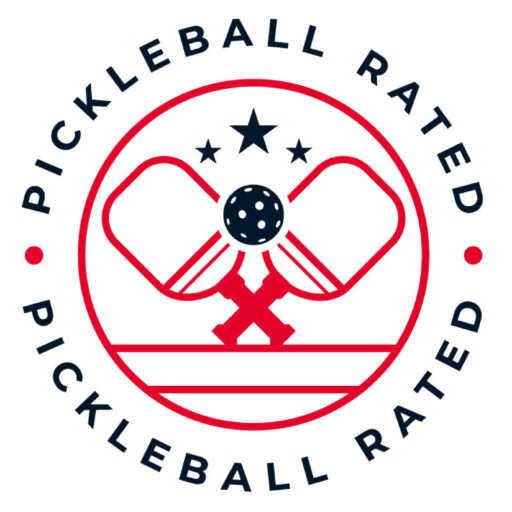Approved pickleballs can have between 26 and 40 holes.
Most indoor pickleballs have 26 holes while outdoor balls tend to have 40, but there is no required number for indoor or outdoor as long the number falls within this range.
This is what USA Pickleball has to say about pickleball design, “The ball shall have a minimum of 26 to a maximum of 40 circular holes, with spacing of the holes and overall design of the ball conforming to flight characteristics. The ball must have a manufacturer’s or supplier’s name or logo printed or embossed on the surface, in addition to the “USA Pickleball Competition” seal or text treatment in the case of balls intended for competition, or “USA Pickleball Approved” seal for non-competition applications.”
26 Vs 40 Holes
The number of holes in a pickleball can affect its aerodynamics, speed, bounce, and overall performance. While both 26-hole and 40-hole pickleballs fall within the acceptable range for official play, there are some notable differences between the two:
Aerodynamics:
Indoor pickleballs with fewer, but larger, holes usually encounter less air resistance while outdoor balls with smaller and more holes may become affected by air at a greater rate. This is intentional because outdoor balls are made with harder plastic — meaning they will bounce farther after a hit from the paddle or the ground.
Durability:
The harder plastic and greater number of holes on an outdoor ball tend to lead to faster cracking after big hits. You can expect a pickleball with 26 holes to last longer than one with 40 holes.
Why 40 Holes or 26?
Ultimately, the number of holes on a pickleball varies to offset a number of the factors that make indoor and outdoor pickleball different from one another.
The number of holes on your pickleball is helping you enjoy a fairly consistent game whether you’re indoor or outdoor as long as you use the appropriate ball for your environment.


